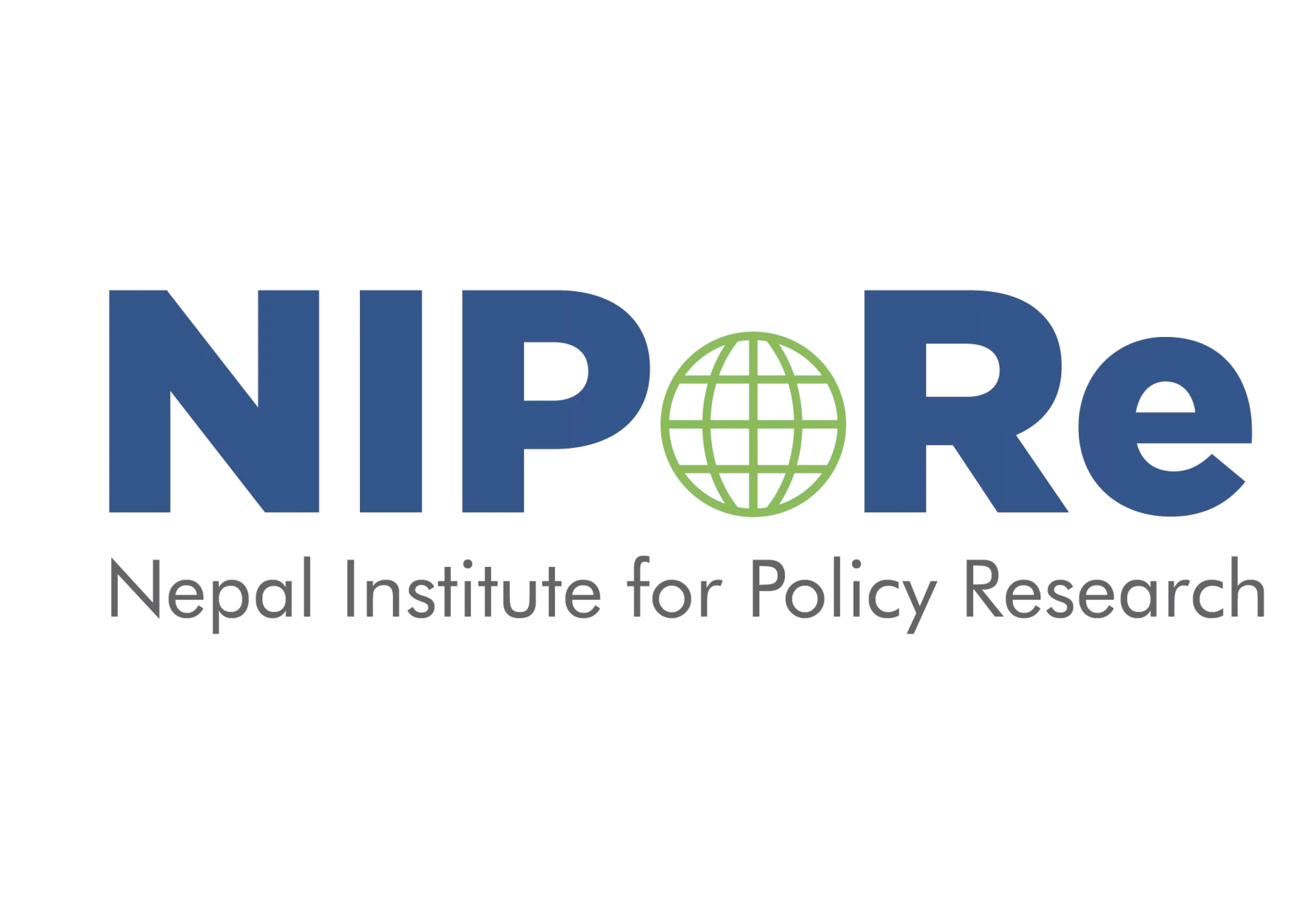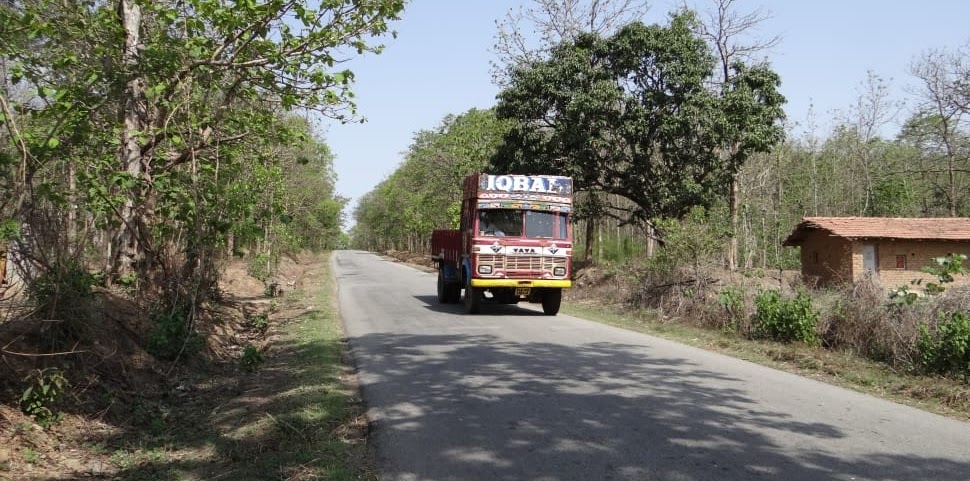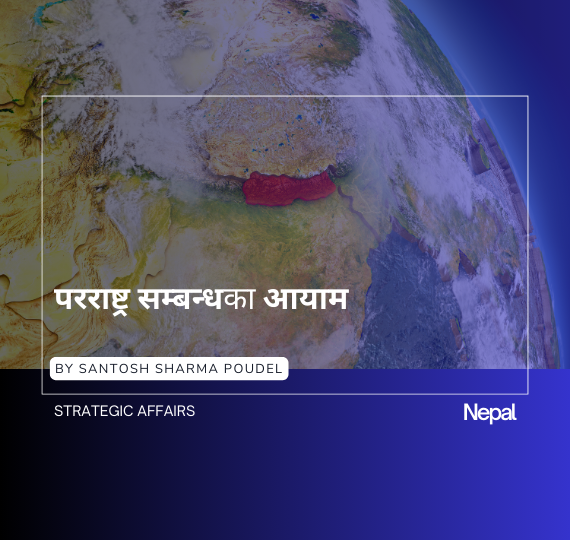– Nischal Dhungel
Summary:
Nepal’s geostrategic location presents a unique opportunity to engage in multiple regional projects. The BBIN MVA initiative will not only ensure trade, transport, and transit facilitation across the region but is also likely to foster regional harmony and integration by cementing strong ties between people across the BBIN countries. Learning, adapting, and actualizing the lessons from past mistakes committed on infrastructure projects is the step in the right direction to get the best out of a grand project like BBIN MVA.
The sub-regional cooperation, Bangladesh Bhutan India and Nepal Motor Vehicle Agreement (BBIN MVA) was inked on June 15, 2015, for the Regulation of Passenger, Personal, and Cargo Vehicular Traffic. On February 8, 2020, the four Bangladesh Bhutan India, and Nepal (BBIN) countries participated in a high-level delegation meeting in New Delhi. However, the pact’s fourth signatory Bhutan’s participation in this meeting was only in the capacity of an observer as the Bhutanese parliament has already declined to ratify the pact citing that the agreement would pose a great threat to its serene environment and culture. With this, Bhutan has exited BBIN, while the three countries (Bangladesh, India, and Nepal) inked a trilateral MOU for the seamless movement of cargo. The onus is now on three countries to expedite and finalize the Passengers and Cargo Protocols for the implementation of BBIN MVA.
According to the World Bank, South Asia is one of the least connected regions in the world. Intraregional trade in South Asia is one of the lowest in the world that accounts for around 5 percent of the region’s total trade. Intraregional trade, as a share of regional gross domestic product (GDP), hovers around only one percent in South Asia which reflects low levels of trade within the South Asian region. The World Bank report, A Glass Half Full: The Promise of Regional Trade in South Asia approximates that the trade-off within the region could be worth USD 67 billion rather than its current value of USD 23 billion. Let us take a close look at India’s bilateral trade among BBIN countries. According to official statistics for FY 2017-18, India’s border trade with its neighbors gives some fascinating insights. In FY 2017-18, India’s overall bilateral trade with Nepal was USD 6.82 billion. However, bilateral trade with Nepal is heavily skewed in India’s favour, with USD 6.38 billion in exports and USD 437 million in imports. Bangladesh, which is ten times the size of Nepal’s economy and more than five times the population, ranks second in terms of India’s bilateral border trade. Bangladesh imports USD 4.13 billion in goods and services. However, similar to Nepal, its bilateral trade is heavily lopsided in India’s favor, with India exporting USD 3.61 billion to Bangladesh and just USD 517 million in imports. Surprisingly, Bhutan, much smaller than Pakistan, is far ahead of Pakistan in terms of border commerce with its neighbors. India’s entire border trade with Bhutan is 728 million dollars, including 526 million dollars in exports and 202 million dollars in imports. India and Pakistan share a 3,300-kilometer border, and India has designated Pakistan as the most-favored nation for trade and business. Despite this, India’s land-based bilateral trade with the country is less than half a billion dollars. Surprisingly, unlike Nepal and Bangladesh, India’s bilateral trade with Pakistan is not substantially lopsided in its favor. India exports $263 million in goods and services to Pakistan while importing USD 235 million in goods and services, bringing the total bilateral trade to USD 498 million. The bilateral border commerce between India and Pakistan is only 7% of the bilateral border trade between India and Nepal. And it accounts for only 12% of India’s bilateral trade with Bangladesh. Bangladesh is India’s largest export market in the area, followed by Sri Lanka and Nepal, with Myanmar, Sri Lanka, and Bangladesh accounting for most imports by value. All of the nations in the neighbourhood have a trade imbalance with India, with Bangladesh having the largest at USD 7.6 billion and Nepal has the second largest at USD 6.8 billion (2018). The trade statistics reveal that intraregional trade means trade with India, and third-country trade is even minuscule.
In light of this, BBIN MVA has the potential to turn around this gloomy picture unlocking the sub-regional trade connectivity in the South Asia region. BBIN MVA envisions boosting sub-regional trade connectivity which has been hailed as the harbinger of economic growth and poverty reduction among the BBIN countries. The total population of the BBIN countries figures at around 1.56 billion (India alone constitutes around 87%), with a combined GDP worth USD 2.5 trillion.
Snapshot of Road Infrastructure
Road networks mainly dominate Nepal’s transport infrastructure. It comprises approximately 90% movement of freight and passengers. Nepal’s two critical road networks are the Strategic Road Network (SRN) and the Local Road Network (LRN). The road network under the BBIN MVA project mainly falls under SRN, which includes national highways. One of the primary purposes of SRN is to increase road linkages to border areas with India and China. SRN is considered the backbone for the economic integration of the country and with its neighbours. The primary responsibility for the development and management of the SRN is vested with the Department of Roads (DoR) under the Ministry of Physical Infrastructure and Transport (MIT) guidance. As per Nepal’s constitution, SRN and LRN fall under the jurisdiction of the federal government and local government respectively.

Source: Nepal Economic Survey 2019/20
According to the Economic Survey 2019/20, road expansion by the federal government reached 32,879 kilometers in 2018/19. The figure shows the positive trend of road expansion in Nepal.

Source: Nepal Economic Survey 2019/20
The total expansion of the road category is mainly dominated by black-topped roads. The economic survey shows that black-topped roads have expanded faster than graveled and fair-weathered roads.
According to the Asian Development Bank (ADB), Nepal has the lowest road density in South Asia, with 47 km of road per 100 square kilometers, and 2.5 km of road per 1,000 people in comparison to 12.2 km of road per 1,000 people in Bhutan, 4.1 km in India, and 5.5 km in Sri Lanka. Similarly, the World Bank study found that the capital expenditure on SRN increased at a Compound Annual Growth Rate (CAGR) of 40%, whereas the maintenance expenditure increased only at a CAGR of 13% between 2014 and 2018. Moreover, as a percentage of total expenditures on SRN, the expenditure on maintenance dropped from 16% in 2014 to 7% in 2018. According to an estimate, annual funding allocation for SRN maintenance for the five years is, on average, 60 percent short of the requirements. The general trend over the years is that capital expenditure is neither uniformly efficient nor productive. Hence, the budget allocated for SRN is often not entirely spent. Infrastructure is the ‘hardware,’ and the problem mainly lies in ‘software,’ i.e., management, government coordination, transparency, and accountability. Nepal needs to work on both the hardware and software front to overturn the deteriorated quality of the infrastructure projects. The new road proposed projects served the political interest without doing the necessary groundwork. Nepal should be free from political interest and serve the national interest while implementing projects like BBIN MVA. Various studies showed that quality road infrastructure might be costly initially. However, it is worth investing in such grand projects. A study carried out by Bashu Dev Dhungel on “Infrastructure Development and Economic Growth (1994-2018)” showed a stable relationship between Nepal’s Gross Domestic Product (GDP) and infrastructure variables, such as total length of road and gross capital formation. Developed countries have become advanced because of sound infrastructural development, whereas developing countries are underdeveloped due to insufficient infrastructure development. The well-developed road infrastructure helps integrate the country with global markets and connect the world at a low cost.
Significance of BBIN MVA
Talking of significance, BBIN MVA will break Nepal’s long-pending logjam of international export and import through access to ports in India and Bangladesh and standardization and formalization of trade. The pact will also help to minimize the Non-Tariff Barriers (NTB), thereby reducing the quantum of informal trade and promoting the containerization of cargo movement. What’s more, the BBIB MVA also carries immense economic and developmental significance. BBIN MVA aligns very well with some of the major initiatives taken by the Asian Development Bank (ADB) under the South Asia Sub-Regional Economic Cooperation (SASEC). ADB has proposed 10 regional road networks as South Asian Corridors, out of which 7 have been identified in the BBIN region. A total of eight trade corridors has been selected as part of BBIN MVA; among them, three trade corridors will link Nepal to Bangladesh and India: 1) Dhaka-Panitanki-Kakarvitta-Kathmandu, 2) Kolkata-Birgunj-Kathmandu 3) Kolkata-Gorakhpur-Bhairawa-Kathmandu. The trade corridors can be a catalytic force for integration because they will also have spillover effects on other sectors of the economy such as agriculture, education, and tourism of all three (Bangladesh, India, and Nepal) countries. Nepal can also leverage by exporting cleaner hydropower to India and Bangladesh. The Nepal-India Regional Trade and Transport Project of the World Bank also aligns with the BBIN MVA modality which is expected to modernize transport and transit measures between Nepal and India. Nepal and India signed the Treaty of Trade and Transit back in 1960 to increase the exchange of goods between the two countries, increase collaboration in economic development, and facilitate trade with third countries. The current India-Nepal transit treaty has a variety of flaws, including paperwork requirements, transshipment procedures, sensitive commodities, arbitrary bank guarantees, and weak infrastructure. When assessed in terms of the time it takes to execute transit procedures, all of these flaws have resulted in astronomically high transaction costs (travel by road takes at least 2.7 times) for transit cargo. Following globally accepted best practices, as outlined in the Trade Facilitation Agreement and the Vienna Program of Action, include actions that Nepal and India must be willing to implement. Both programs urge member nations to ratify international transport and transit treaties and international norms in trade and transit processes, which the two countries must investigate in the long term. Such ramifications would allow a smooth flow of goods and help accelerate trade between two countries and third countries, i.e., Bhutan or Bangladesh.
Challenges
The status of road infrastructure in the BBIN sub-region is not of the highest standard. Infrastructure in India is relatively better, however, cannot be matched by the infrastructure in Bangladesh and Nepal. Some of the major infrastructure challenges are narrow roads near customs points, excessive documentation in trading processes, poor internet connectivity which affects the proper functioning of Electronic Data Interchanges (EDI), and lack of adequate cold storage, warehouse, and sanitation facilities at border points.
The transport associations in Bangladesh and Nepal hold strong reservations against the two-way movement of cargo. In Nepal, the transport syndicate has been involved in anti-competitive activities like halting shipments, hiking freight charges, and imposing rotations. These associations are against BBIN MVA because foreign trucks plying in their respective countries would erode their local business due to the direct transportation of cargo of trucks from one country to the other. There is no doubt BBIN MVA initiative will increase the flow of trade in the region but it might fail to address the livelihood concerns of the people residing at the cross-border points.
Way Forward
As BBIN MVA is solely designed from the lens of sub-regional trade connectivity, the whole responsibility should have been under the purview of the Ministry of Industry, Commerce, and Supplies instead of the Ministry of Physical Infrastructure and Transport of Nepal. At this point, Nepal must frame a transit policy because the transit issues have not been fully covered in Nepal’s trade policy. Apart from that, social safeguard policies are required for transporters, truckers, and laborers working in the border points. The bureaucratic hassles that come with multiple documentation requirements should be reduced to the highest extent possible. Inland Container Depots (ICDs) should be set up near the border posts and they should be selected as customs clearance points. Inland Container Depots (ICDs) should be built in strategic areas and designated as customs clearing sites to minimize loading and unloading at the roadside near border checkpoints. Appropriate infrastructures such as quarantine offices with needed testing capabilities, uninterrupted internet access, wide roads, parking facilities with bathrooms, warehouses, and cold storage enable off-border cargo clearance would help ICD function smoothly. As mentioned in the provision of BBIN MVA, an electronic cargo tracking system (ECTS) would help identify Nepali cargoes transiting via India. Real-time tracking system will help to spot the delay in the cargo movement.
The Greater Mekong Sub-region (GMS) and BBIN MVA operate under a similar model. GMS does not have a secretariat or a formal institutional structure; it is project-based and is mainly driven by initiatives from the Asian Development Bank. GMS has over 25 years of history and is considered as a successful development story. Therefore, BBIN MVA can emulate the GMS by utilizing its economic corridors and focusing on priority sectors to achieve tremendous development gains for the sub-region and its people.
Nepal’s geostrategic location presents a unique opportunity to engage in multiple regional projects. SAARC has opportunities for Nepal to make the best use of its geo-strategic positioning, but it is indolent at the moment due to a political hitch between the two big SAARC countries India and Pakistan. However, countries like Nepal need not rebuff as there is no dearth of other sub-regional initiatives such as Bangladesh Bhutan India Nepal Motor Vehicle Agreement (BBIN MVA) in the South Asian region. Therefore, this initiative will not only ensure trade, transport, and transit facilitation across the region but is also likely to foster regional harmony and integration by cementing strong ties between people across the BBIN countries.
Last but not least, regional cooperation can take greater heights only if political problems are kept aside. Without political consensus, it is not possible to create a win-win situation for BBIN member countries. In that light, it is important to understand the culture and political dynamics at the local level and address the livelihood concerns of local communities to make the BBIN MVA actually happen.




